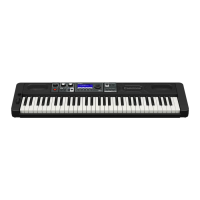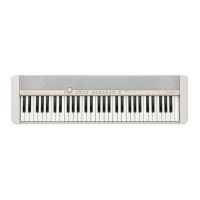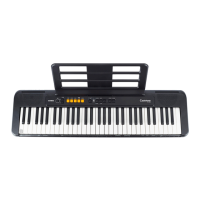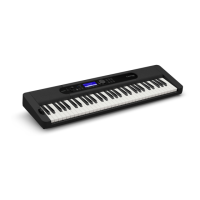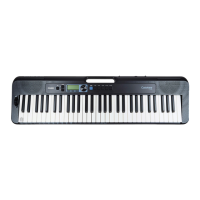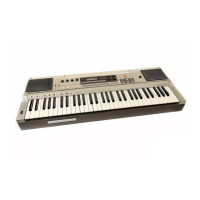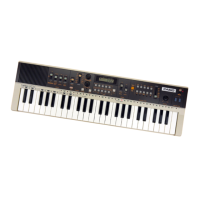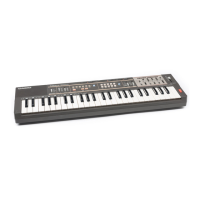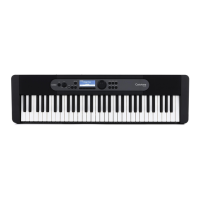Why is the metronome not working on my Casio Casiotone CT-S500?
- JJennifer SmithSep 12, 2025
If the metronome does not sound on your Casio Synthesizer:* Check and adjust the metronome volume level.* Turn the Synthesizer off and then back on to initialize settings (note: settings are not initialized if MY SETUP power on recall is enabled).
